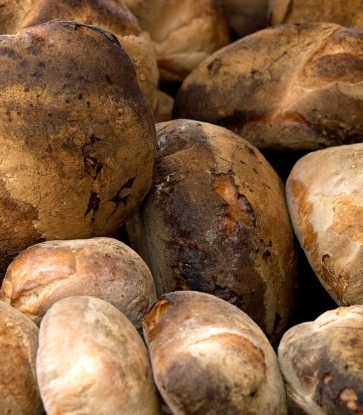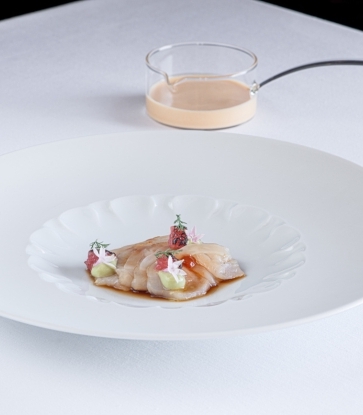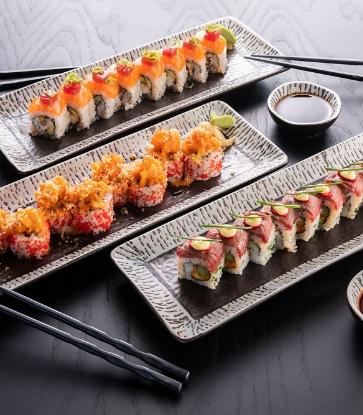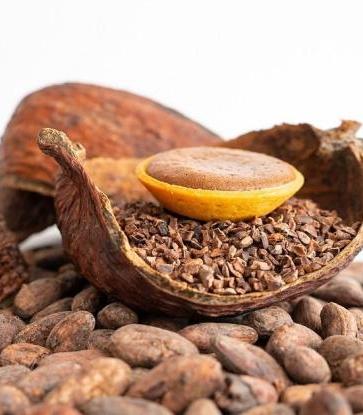Malta’s rich culinary heritage reflects the islands’ colourful history: over the years, the Italians, Spanish, French and British have all left their mark on the Mediterranean archipelago and its food, as did the Phoenicians, Carthaginians, Greeks, Romans, Byzantines and Arabs before them.
The Republic of Malta has long been famed for its rabbit, but wild rabbits were not indigenous to the islands; they were introduced by the Phoenicians some three and a half thousand years ago to ensure a regular supply of fresh meat. The popularity of rabbit purportedly exploded during Roman times, since the Romans believed that eating rabbits made women more beautiful.
A lean, healthy and sustainable meat, rabbit has since remained a staple in the island’s gastronomy. Family recipes have been passed down from generation to generation, and rabbit often appears on restaurant menus. It is unsurprising then that the Maltese consume more rabbit than any other European nation. More than half of the current Michelin selection of restaurants currently serve rabbit and our inspectors get to taste it in an incredible spectrum of dishes, be it slow cooked in a stew, rolled as a saddle or packed into some golden pasta.
Rabbit certainly deserves its recognition as one of the Islands most versatile and widely available ingredients. Nothing beats locally farmed rabbit but, as the meat is delicate, it is very easy to over or undercook it, so adhering to precise temperatures when cooking is vital.

The national dish of Malta is a rabbit stew called Stuffat tal-Fenek, which dates back to the time of the Knights of St John. This traditional recipe is slow cooked to make the meat so tender it falls off the bone.
Every family will have a slightly different recipe, but the stew generally simmers in a red wine and tomato sauce for a couple of hours, along with garlic, onions, carrots, potatoes, bay leaves, fresh thyme and rosemary, and is served with crusty bread.
Fenek Moqli, another traditional Maltese dish, is served at Rubino, a Michelin Bib Gourmand restaurant in Valletta.
Here, the rabbit is fried in olive oil with garlic and spices and served with some excellent triple-cooked chips and chargrilled vegetables; a flavour-packed dish which is the epitome of the Bib Gourmand award, representing good quality cooking at an excellent price.
When they asked the secret of such a delicious dish, our Michelin inspector was told:
• The rabbit has to be Maltese
• The rabbit must be male
• The rabbit should not be wild, as they are far too muscular
• It should be slowly braised
• It must be given plenty of port and red wine
• Add some carob syrup
• Bay leaves are a must

Another Michelin-recommended restaurant with rabbit on the menu is Briju in Gżira, which has a passion for all things local and sustainable, and which serves local rabbit saddle served with liver rocher, bacon and charred leek.
Our Michelin inspector enjoyed three generous pieces of meat – the loin with the belly around it, wrapped in crispy bacon; these were served on wilted chard with some pickled carrots, which cut through the richness of the smooth, creamy liver, along with the clear jus, full of flavours from the roasting pan.
At Michelin-Starred Bahia, on the first floor of the elegant Corinthia Palace Hotel in Balzan, they serve a starter of smoked rabbit ravioli with sea vegetables, onions in lacto milk stout, cherry stone clams and Granny Smith apples. Meanwhile, the chefs’ research into the history of Maltese cuisine is showcased in ‘The Knights Hospitallers (1530 – 1798)’, a main course enjoyed by another of our Michelin inspectors. This dish is presented to reflect how both the rich and poor might have served rabbit in the past, with a succulent, slow-cooked saddle of rabbit (rich), contrasting cleverly with a rabbit leg & offal ‘Roġġ’ pastry tart (poor), which came with an unctuous garlic, chive & spinach purée and a silky Bordelaise sauce.

Cosy cellar bistro Guzé in Valletta offers a rabbit starter of cigar parfait, compressed terrine, blood orange gelée and radish. They also serve a classic showstopper of rabbit leg, loin and croquette with hay-baked red onion, which has been on the menu since 2013.
This generous, delicious plateful comprises a perfectly roasted and succulent leg, a moist, roasted loin, wrapped with pancetta and filled with a soft duxelles, and a crisp, crumbed bon bon of the herb-scented shredded leg, served with hay-baked red onion confit and a deeply flavoured rabbit jus, accompanied by a side of oven-roasted baby potatoes with a fennel seeded edge and a stir-fry of courgette, carrot and broccoli.
Chef-owner Joseph Cauchi let us in on his recipe:
Leg, loin and croquette
Serves 2
1 whole, locally farmed rabbit, approximately 1.2kg in weight
150 grams cabbage
50 grams leeks
20 grams cured pork jowls
1 whole red onion
Leg
Leave the bone in for more flavour
Vacuum seal with a sprig of thyme
Cook in a water bath at 66.5°c for 55 minutes
Remove the bag and pan-sear in a hot pan for 1 minute on each side
Season with salt and serve
Loin
Debone the loin
Blanche the leek and cabbage for 1 minute and transfer to a warm pan
Add a splash of fresh cream and cook until the texture is firm
Place the leek and cabbage in the middle of the loin and wrap fast in order to create a roulade
Vacuum seal in a bag and cook in a water bath at 66.5°c for 40 minutes
Remove from the bag and roll over thinly sliced cured pork jowl
Cover with a baking sheet and roast in a convection oven for 15 minutes at 180°c
Croquette
This is prepared as a confit from the remaining rabbit carcass
Use goose fat and cook in a gas oven for several hours
Form a crunchy croquette out of the pulled rabbit meat, eggs, flour and breadcrumbs
Deep fry in vegetable oil until golden brown, season and serve
Rabbit Jus
Reduce a broth by cooking the rabbit bones and vegetables for a couple of days
Red Onion
Bake with hay, to create a delicate smoky flavour
















